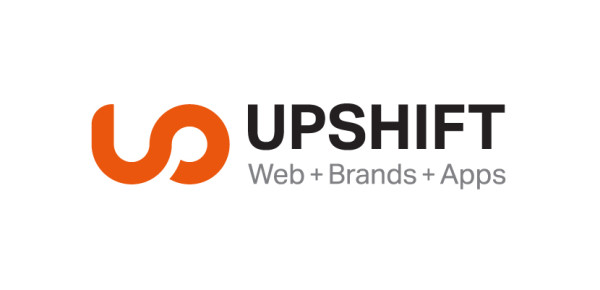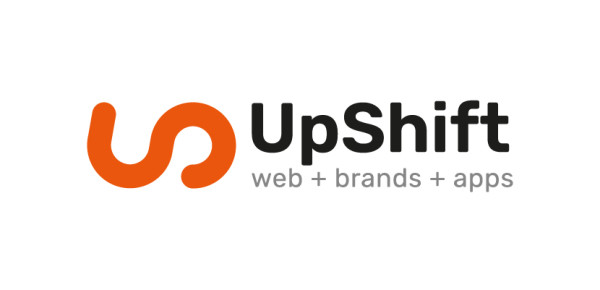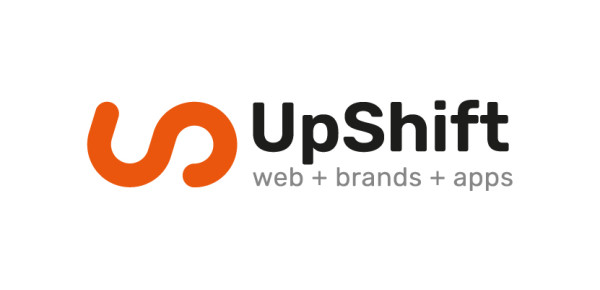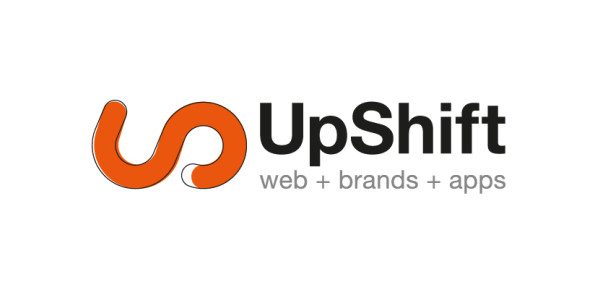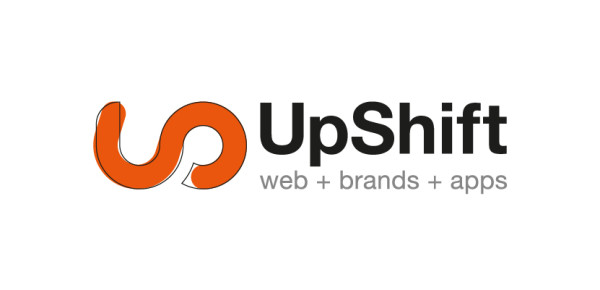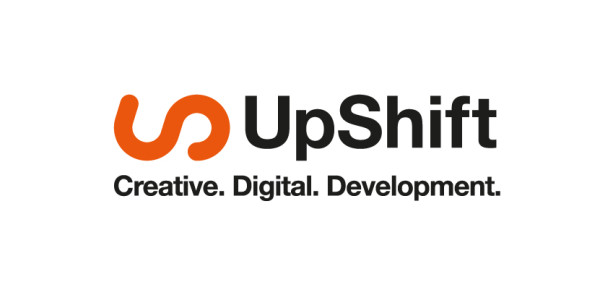Sarah Lin Turner, UpShift’s Communications Manager, explains how you and your brand are all about perspective.
I remember the year in primary school when Magic Eye puzzle books replaced Weetbix cards as the new key to playground bragging rights. It was 1991, I was still wearing my Kiwi Kid t-shirt, and no one knew that this hallucinogenic zeitgeist was about to hit NZ shores and divide the schoolyard. The rules were simple: if you could see the picture hidden inside the bright Pollock-style patterns, you were Cool. If you couldn’t – well. You weren't even safe in the library anymore.
As a shy, bookish child, I’d always relied on reading as an escape. Unfortunately for me, Magic Eyes were not so much about reading, as looking. And looking revealed absolutely nothing, no matter how I did it.
My classmates were full of advice. Squint! Cross your eyes! Hold the book up to your face and move it away slowly – not wait – hold the book up to your face and move it away fast! Relax, no, don’t relax! – stare, but not too long.
None of it helped. I only ever saw flat repeating patterns; scatter plot colours on a page. There was no 3D tiger for me. Sadly, I decided magic wasn’t meant for me.
Of course, that was three decades ago. I’ve learned a few more tricks since then. The most important thing is perspective, which is always based on where the viewer is standing. And for most of us, the second we look at the picture, we’re inside the detail.


